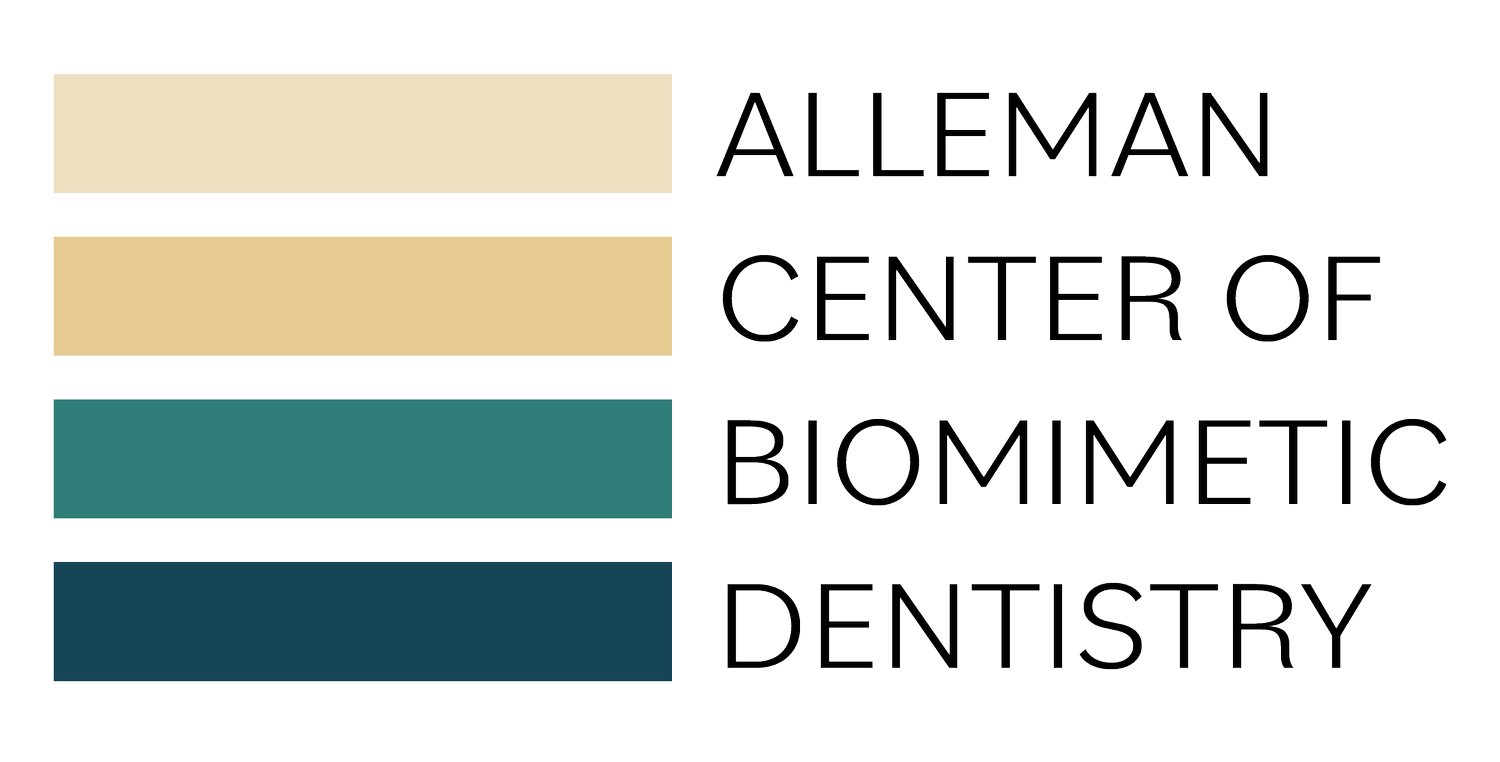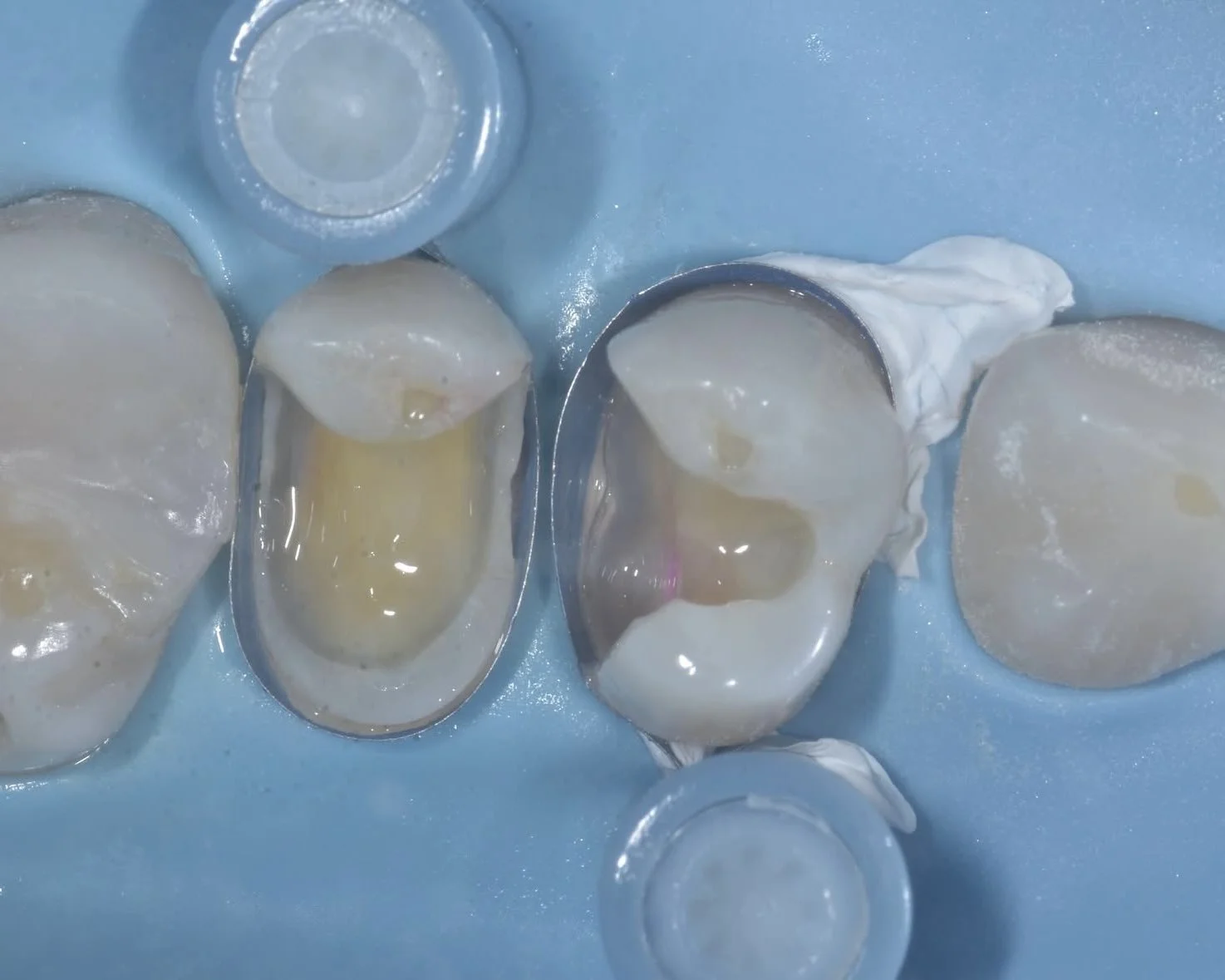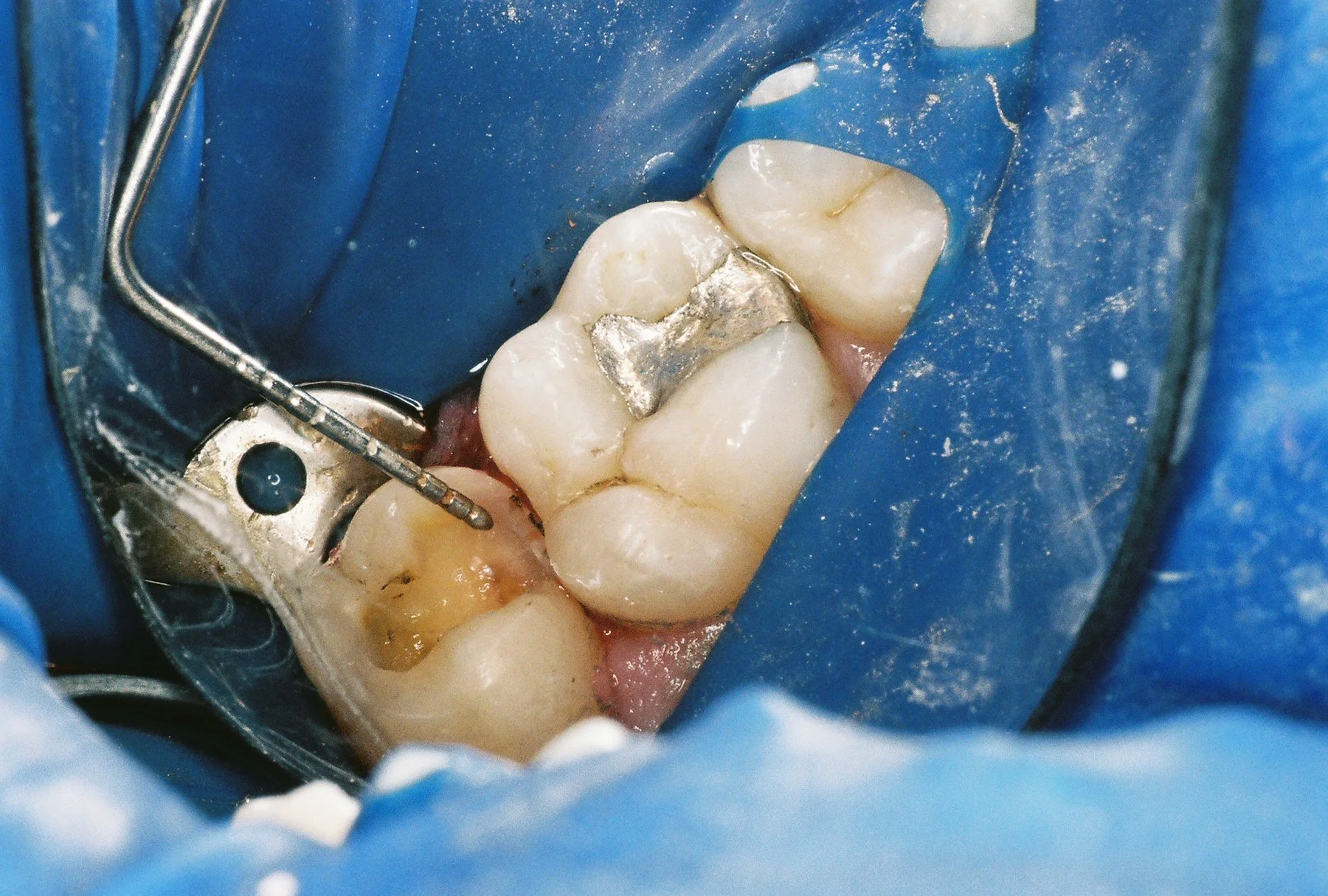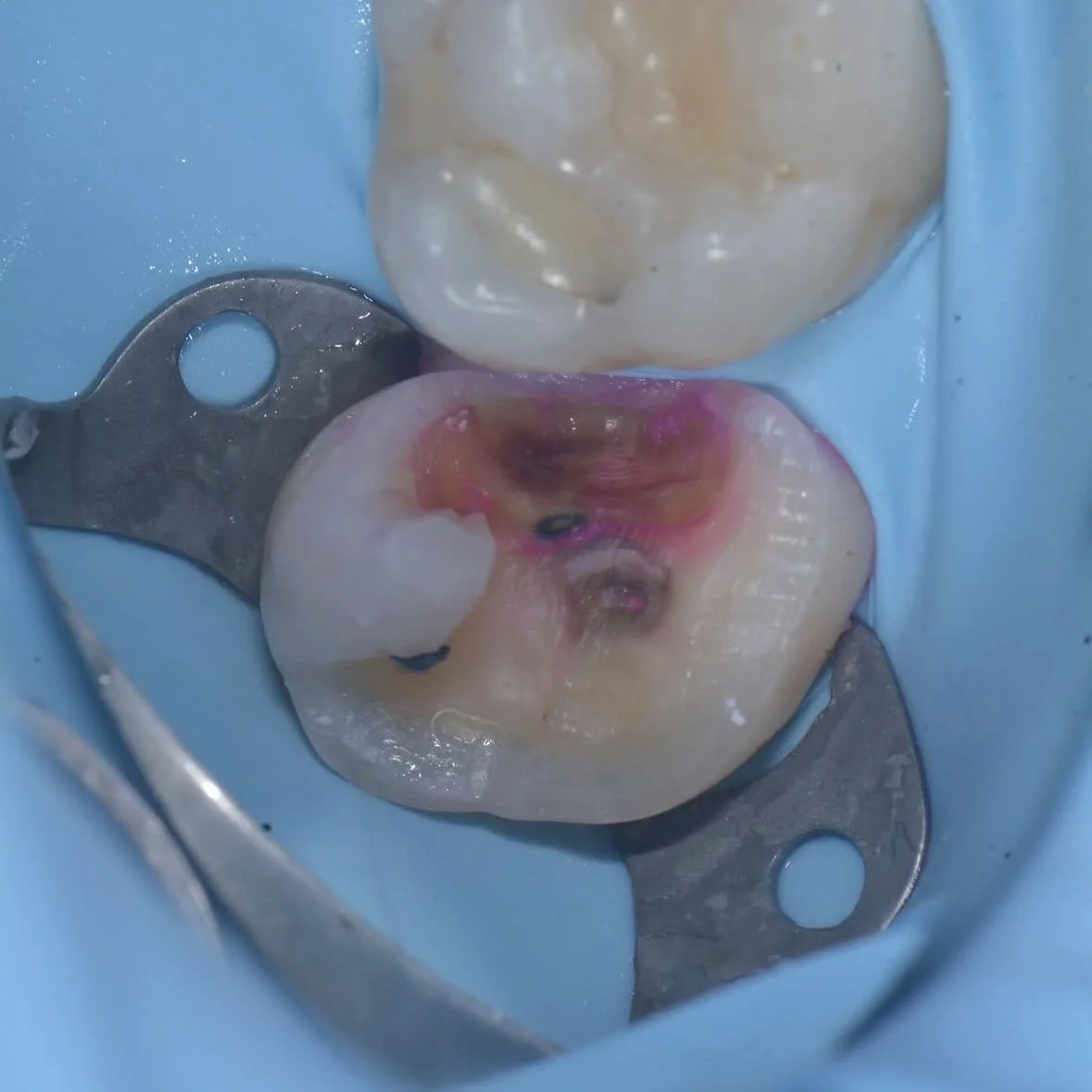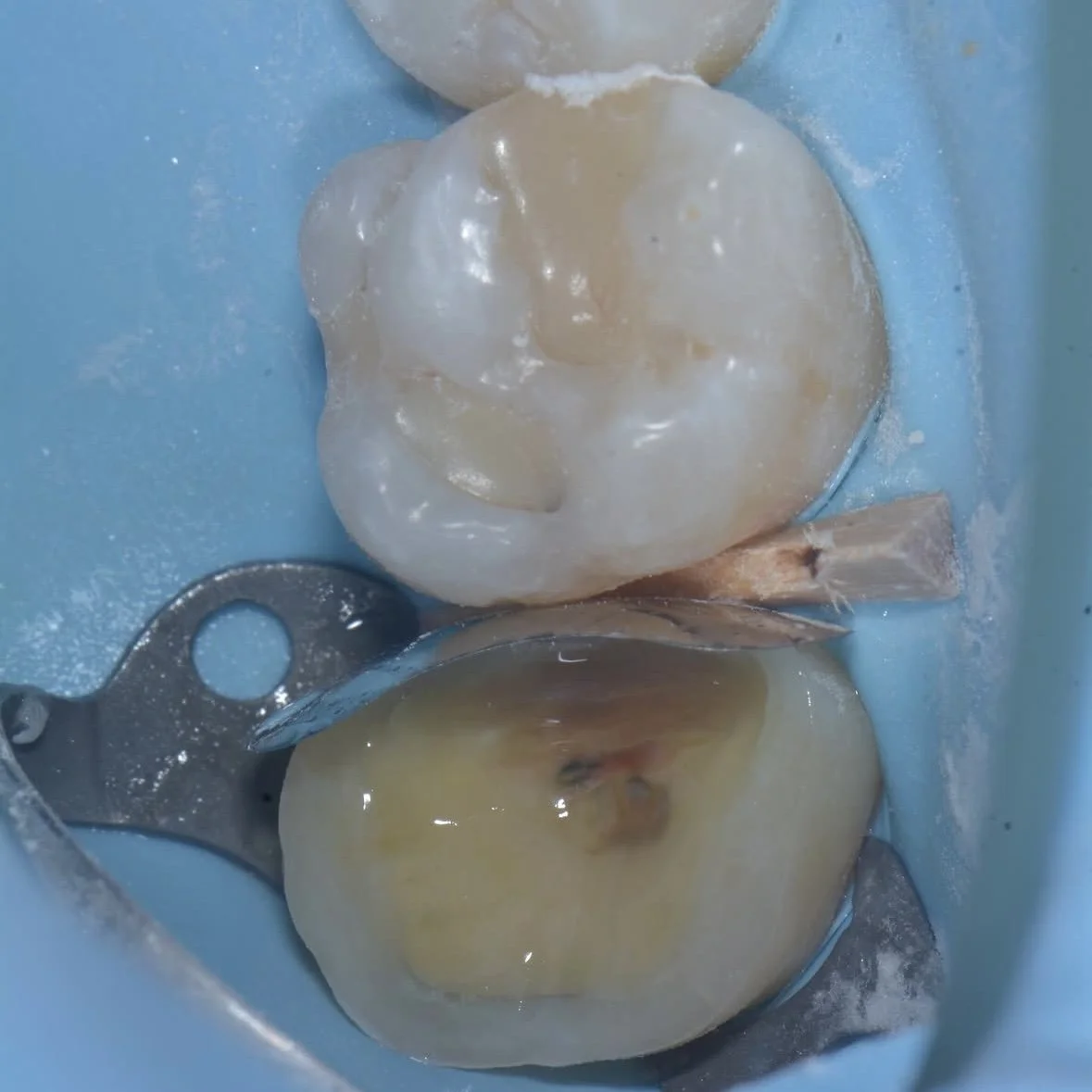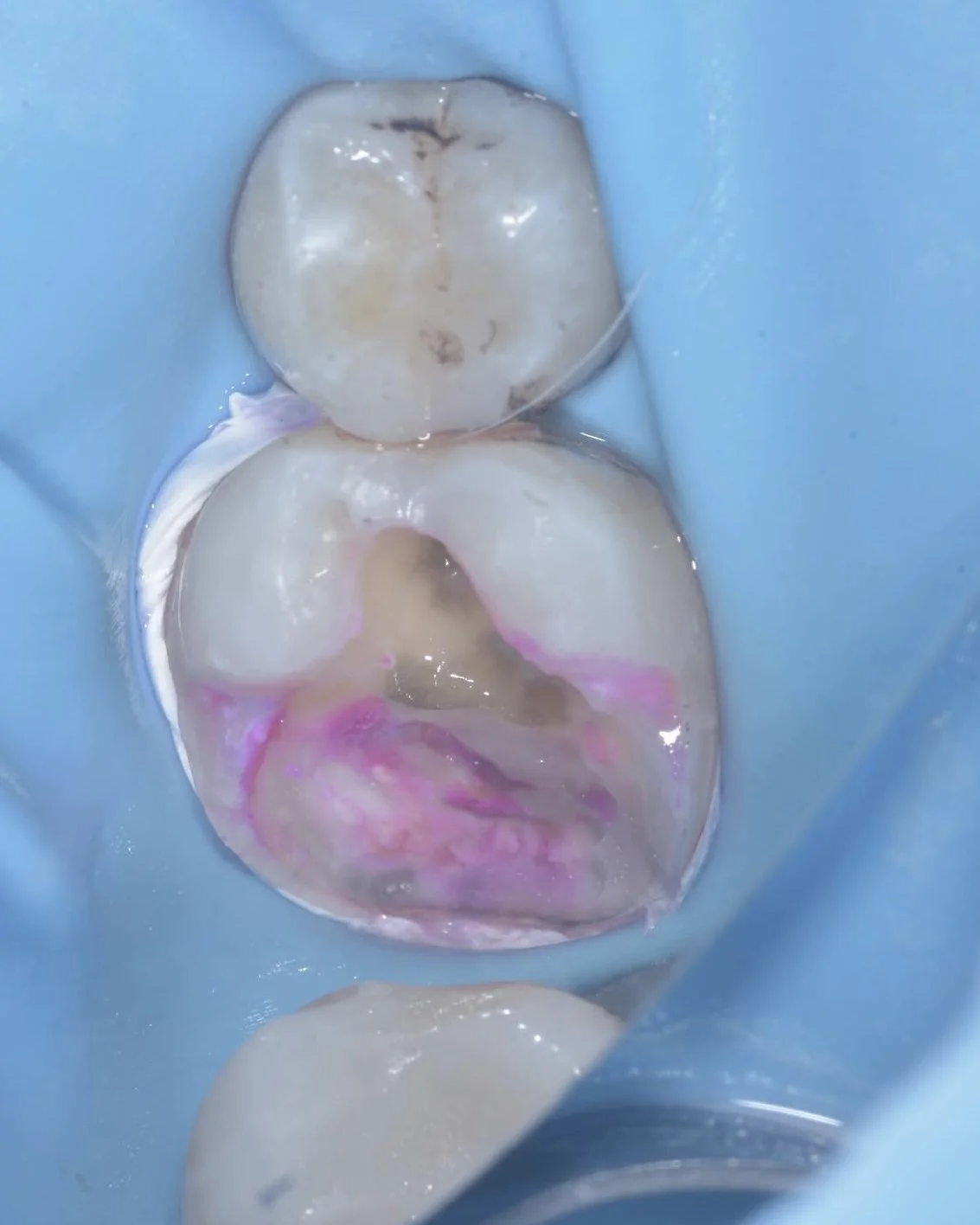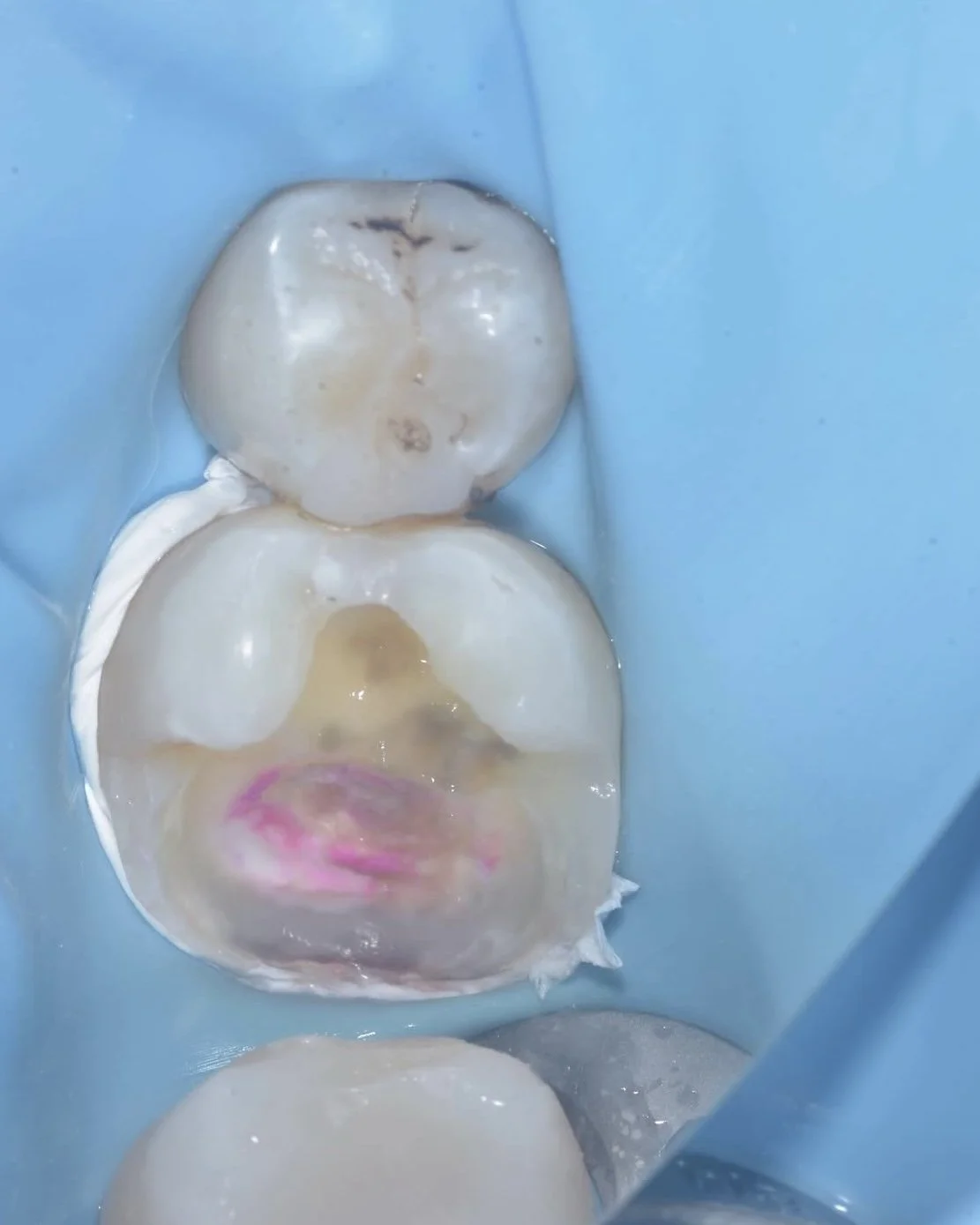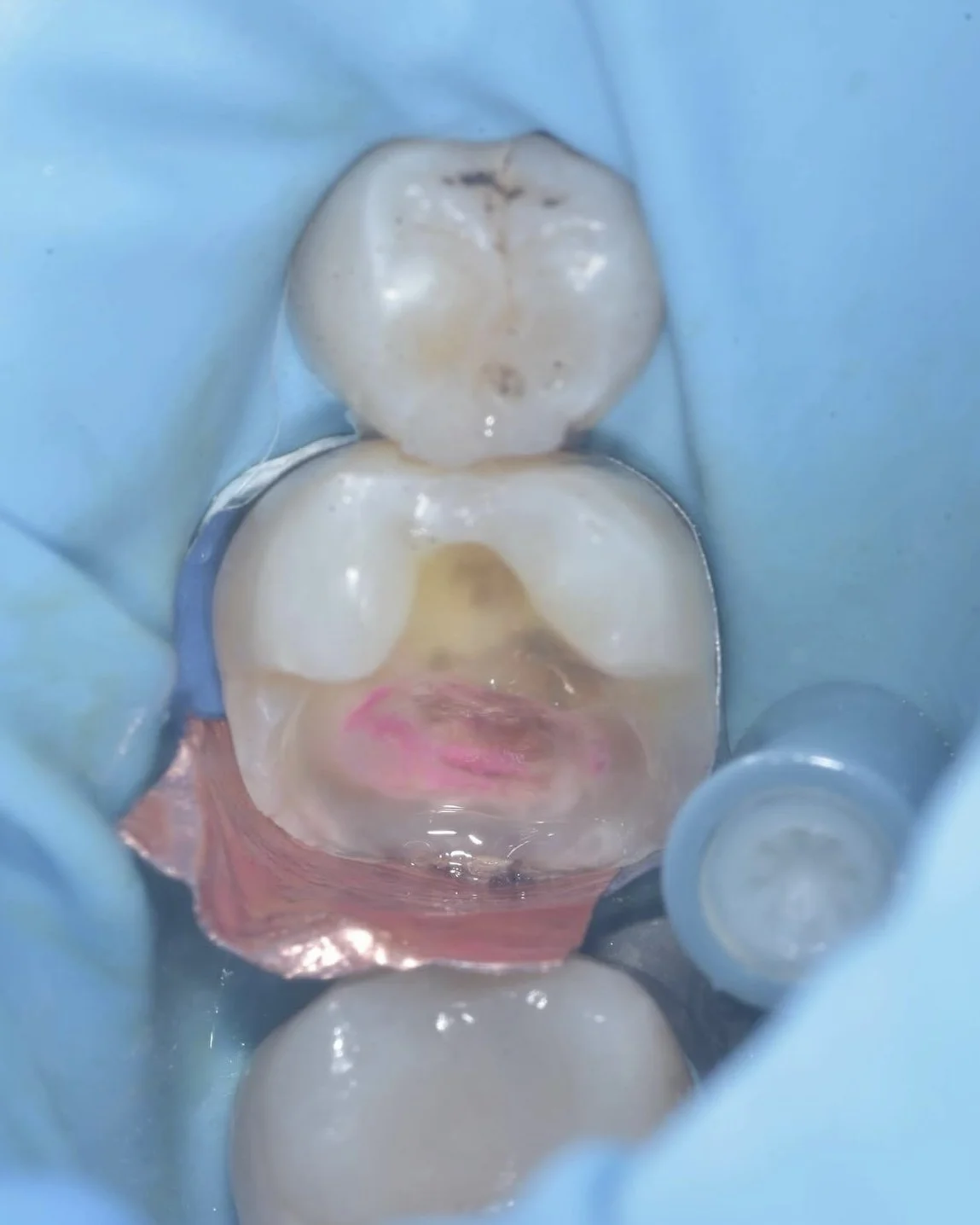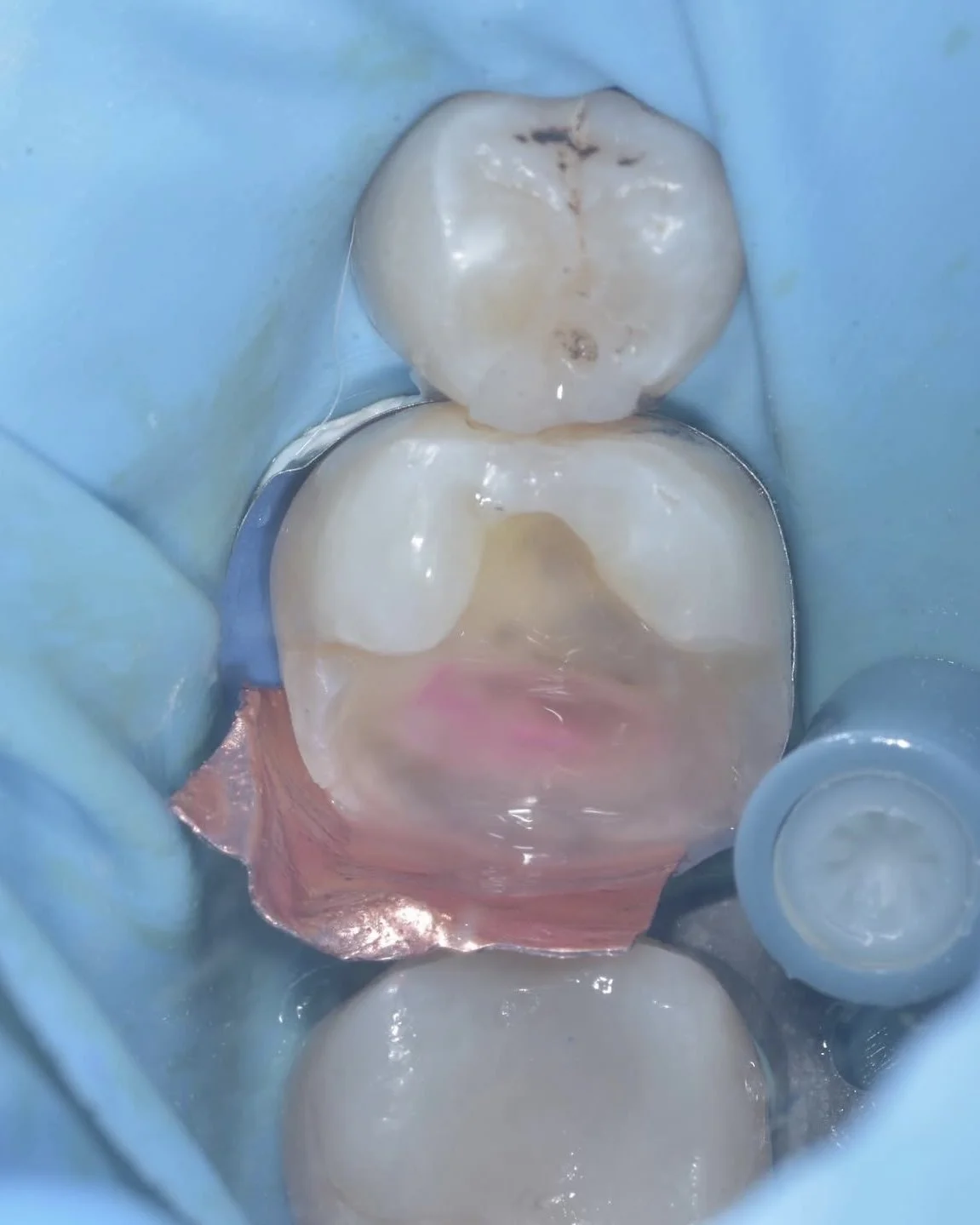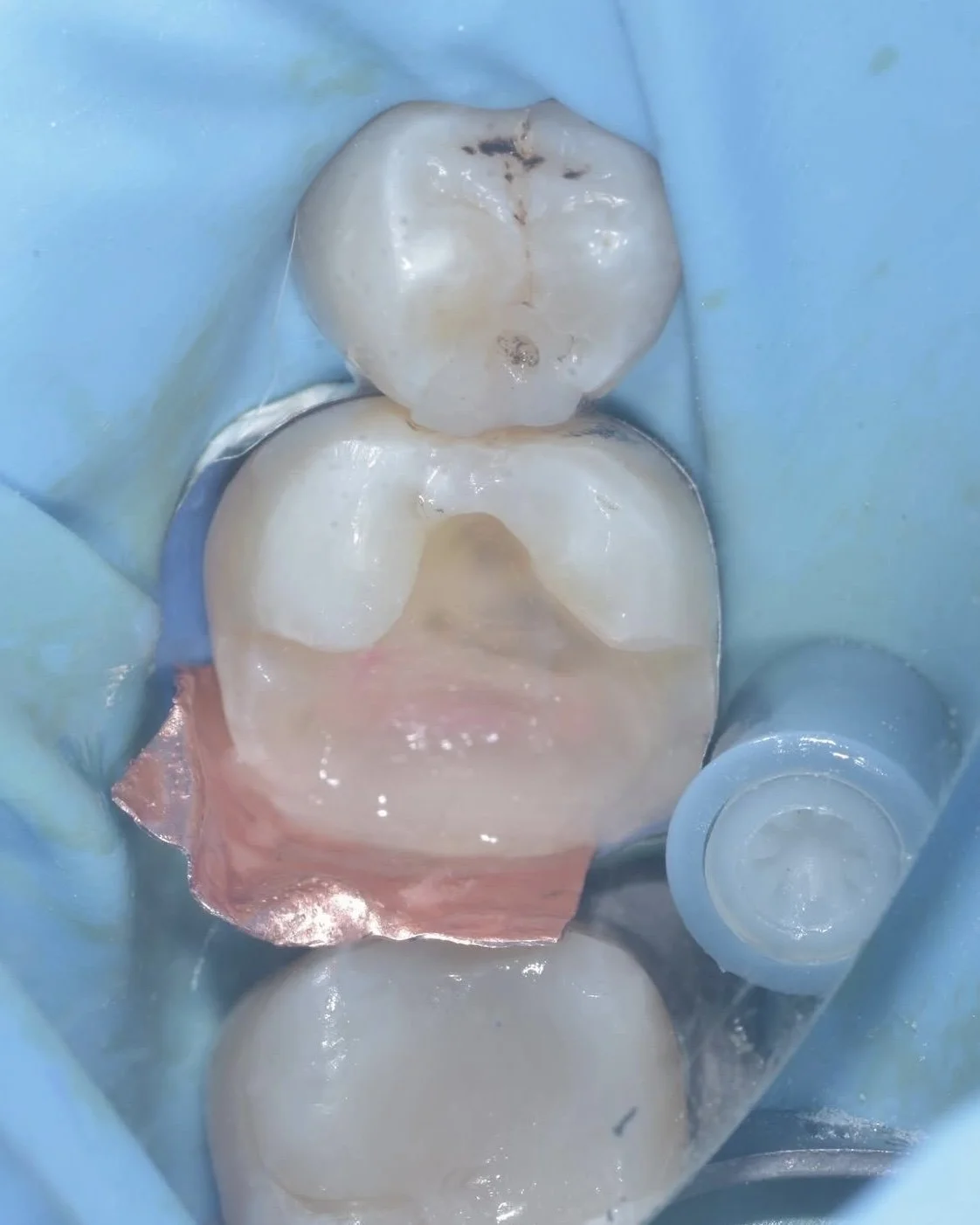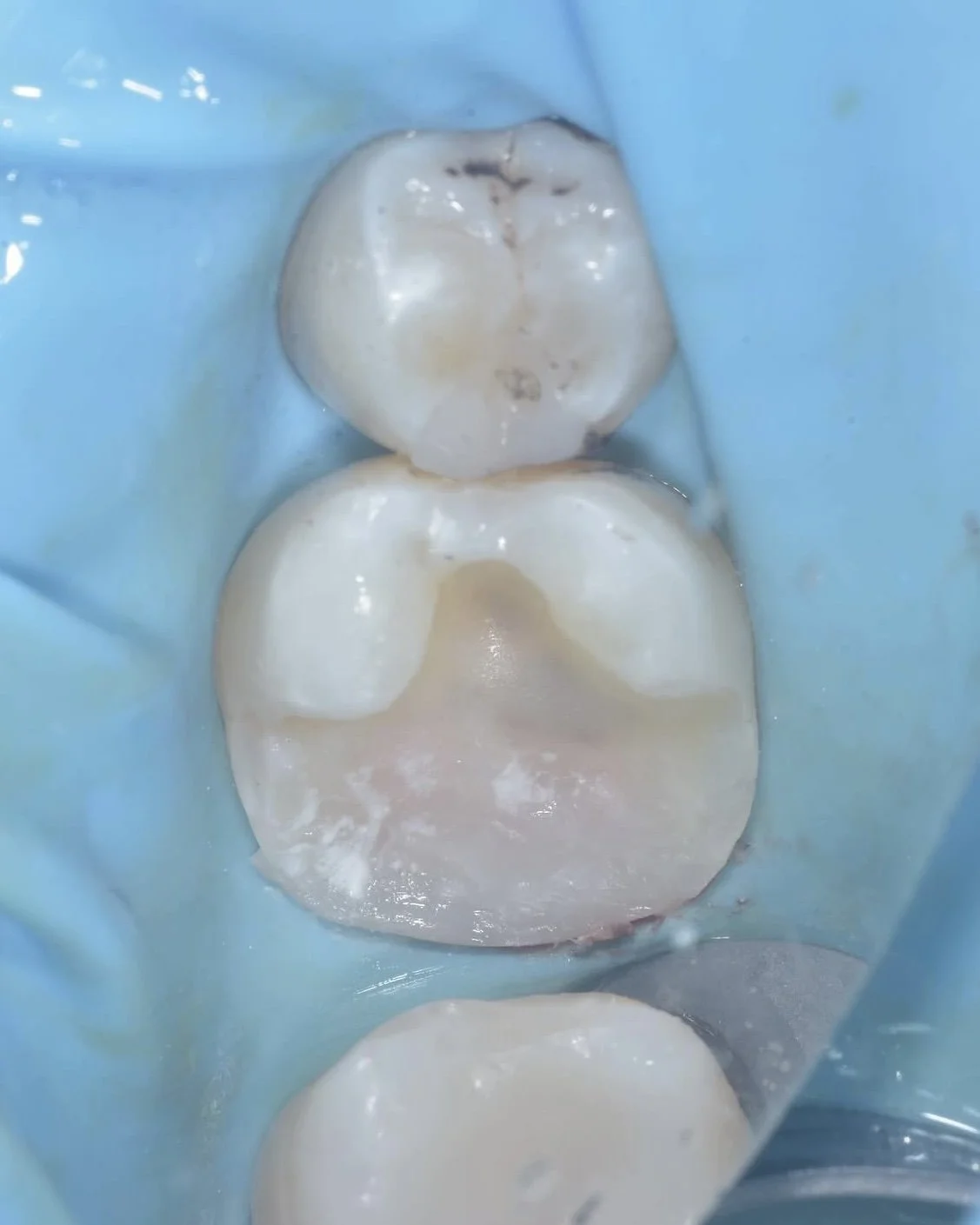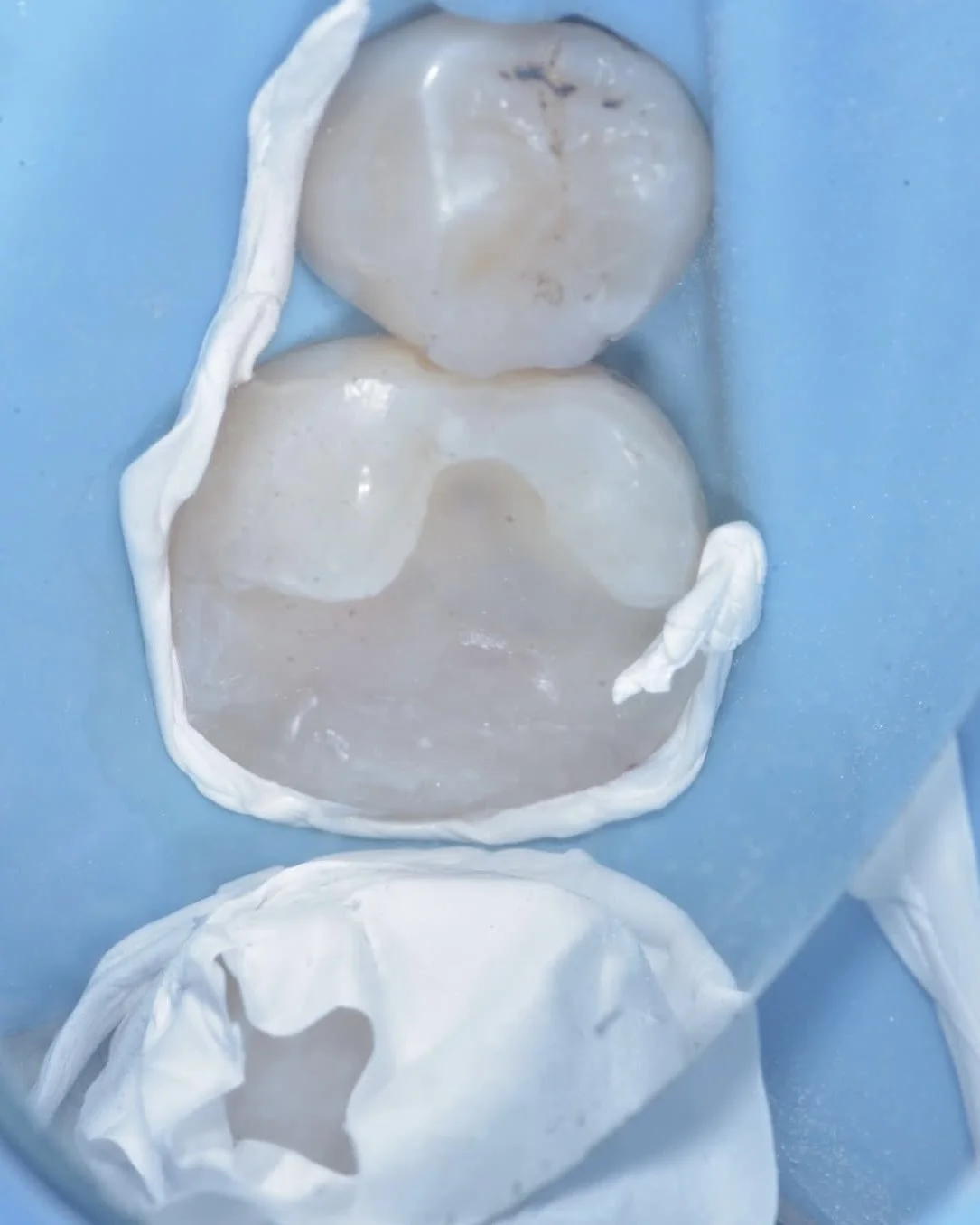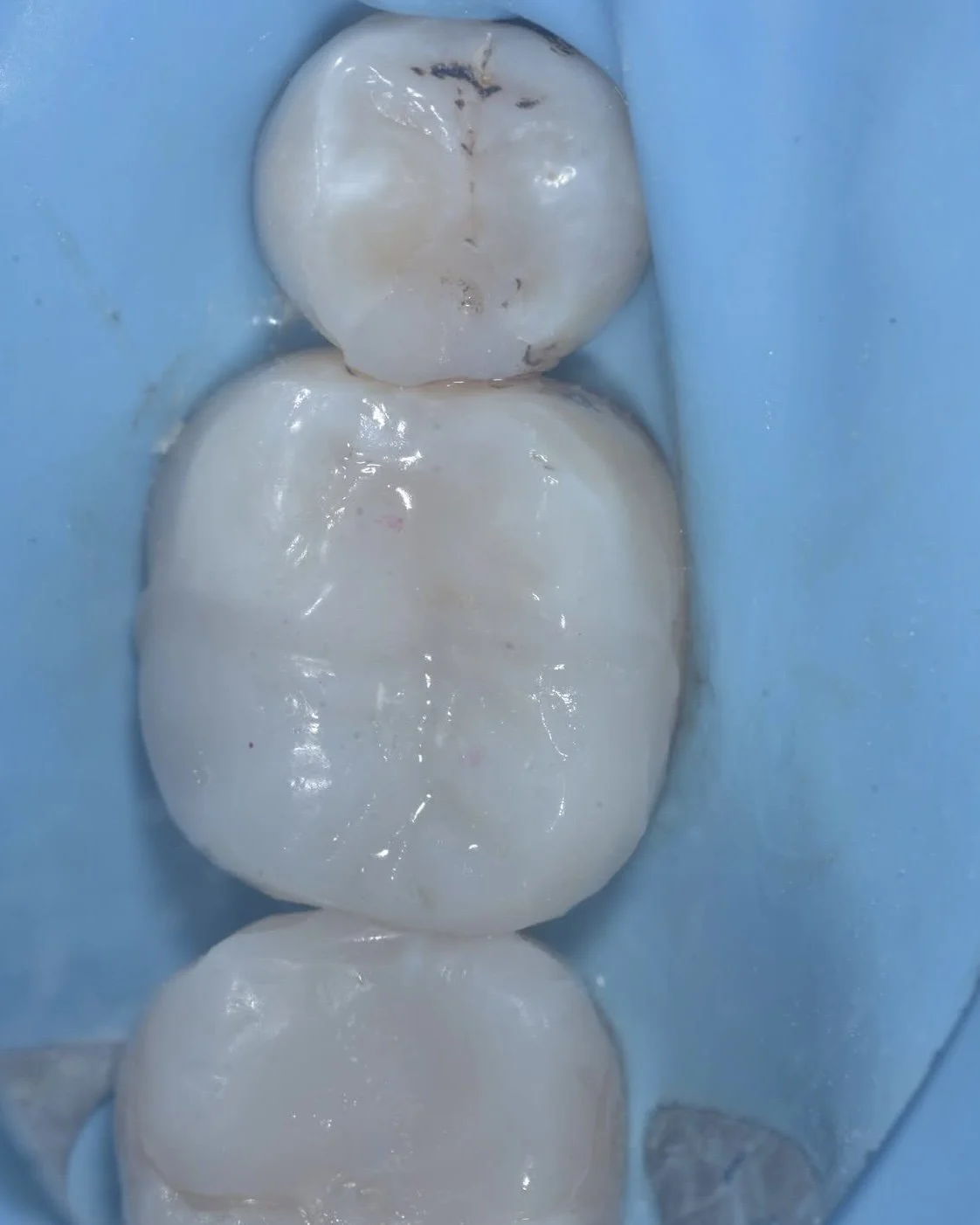Caries Removal Endpoints (CREs)
Dr. David Alleman and Dr. Pascal Magne outlined caries removal endpoints (CREs) in their 2012 paper on the peripheral seal zone concept. That paper established innovative protocols for treating deep caries for adhesive restorations without exposing the pulp. Establishing consistent caries removal endpoints gives practitioners increased predictability and confidence when creating a bonding field for their adhesive restoration.
Here are two examples of caries removal endpoints (CRE) in this case by Dr. Davey Alleman, DMD. Complete caries removal was possible on the left tooth, while the right tooth required partial caries removal to preserve the pulp vitality.
What are caries removal endpoints?
Caries removal endpoints (CREs) are the points at which caries excavation stops. Points is plural because the endpoint varies based on where the caries lesion is in the tooth. Caries removal endpoints are where caries removal is complete or at the measurements for the central stop zone.
This early 2000’s photo by Dr. David Alleman, DDS shows measurement protocols for establishing caries removal endpoints.
How to use caries removal endpoints in restorative dentistry
Caries removal endpoints help create a caries-free peripheral seal zone. The peripheral seal zone is the most important bonding area for an adhesive restoration, and caries can reduce bond potential by up to 75%, so having a caries-free peripheral seal zone is essential for long-term bonds in your restoration. Dr. David Alleman outlined these steps in his Six Lessons Approach to Biomimetic Restorative Dentistry to give practitioners predictable protocols for creating bonds to dentin that last over 20 years.
This case by Dr. Davey Alleman, DMD shows the process of removing caries around the pulp to create a caries-free peripheral seal zone.
Tips for practitioners
Isolate first: For cases of deep caries, establishing your isolation before removing tooth structure makes isolating easier.
Measure multiple ways: When measuring for caries removal endpoints, measure from remaining tooth structure and measure from neighboring teeth to prevent pulp exposures.
Use caries detector dye: Caries detector dye is the easiest (and most cost effective) way to objectively see if caries is left behind in your peripheral seal zone. Relying on a tactile approach reduces the consistency of your restorative outcomes.
This case by Dr. Davey Alleman, DMD shows the Six Lessons Approach steps from establishing caries removal endpoints to final cementation.
To learn more about predictable caries treatment to improve bond strengths and protect pulp vitality, view upcoming Alleman Center dental continuing education programs.
Learn more about the peripheral seal zone concept in this video by Dr. David Alleman, DDS.
